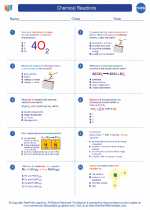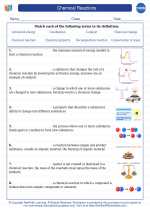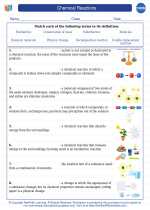Ecosystem
An ecosystem is a community of living organisms, along with their physical and chemical environment, interacting as a system. It includes both biotic (living) and abiotic (non-living) components.
Components of an Ecosystem
- Abiotic Factors: These are the non-living components of an ecosystem, such as sunlight, temperature, water, soil, and air.
- Biotic Factors: These are the living organisms within the ecosystem, including plants, animals, fungi, and microorganisms.
Energy Flow in Ecosystems
Energy flows through an ecosystem in a one-way direction, typically starting with the sun. Producers, such as plants, use sunlight to convert carbon dioxide and water into organic compounds through photosynthesis. These organic compounds then flow through the ecosystem as they are consumed by herbivores, then carnivores, and eventually decomposers, releasing energy at each step.
Biogeochemical Cycles
These are cycles through which elements and compounds move through the biotic and abiotic components of an ecosystem. The main biogeochemical cycles include the water cycle, carbon cycle, nitrogen cycle, and phosphorus cycle.
Ecological Succession
Ecological succession is the process by which an ecosystem undergoes a series of changes over time. It can be primary succession, which occurs in newly formed habitats, or secondary succession, which occurs in existing ecosystems that have been disturbed or destroyed.
Biodiversity
Biodiversity refers to the variety of life within an ecosystem. It includes the diversity of species, genetic diversity within each species, and diversity of ecosystems. Biodiversity is important for the stability and resilience of ecosystems.
Human Impact on Ecosystems
Human activities such as deforestation, pollution, overfishing, and climate change can have significant impacts on ecosystems, leading to loss of biodiversity, habitat destruction, and disruption of biogeochemical cycles.
Study Guide
- Define an ecosystem and list its components.
- Explain the flow of energy through an ecosystem, starting with the sun.
- Describe one of the major biogeochemical cycles and its significance in an ecosystem.
- Differentiate between primary and secondary ecological succession.
- Discuss the importance of biodiversity in maintaining healthy ecosystems.
- Identify and explain one human activity that can impact an ecosystem negatively.
Understanding ecosystems is crucial for understanding the interactions between living organisms and their environment. It also provides insights into the delicate balance that sustains life on our planet.
[Ecosystem] Related Worksheets and Study Guides:
.◂Chemistry Worksheets and Study Guides High School. Chemical Reactions

 Worksheet/Answer key
Worksheet/Answer key
 Worksheet/Answer key
Worksheet/Answer key
 Worksheet/Answer key
Worksheet/Answer key
 Worksheet/Answer key
Worksheet/Answer key
 Worksheet/Answer key
Worksheet/Answer key
 Vocabulary/Answer key
Vocabulary/Answer key
 Vocabulary/Answer key
Vocabulary/Answer key
 Vocabulary/Answer key
Vocabulary/Answer key
